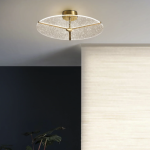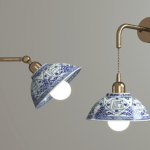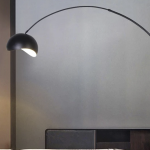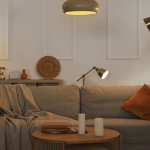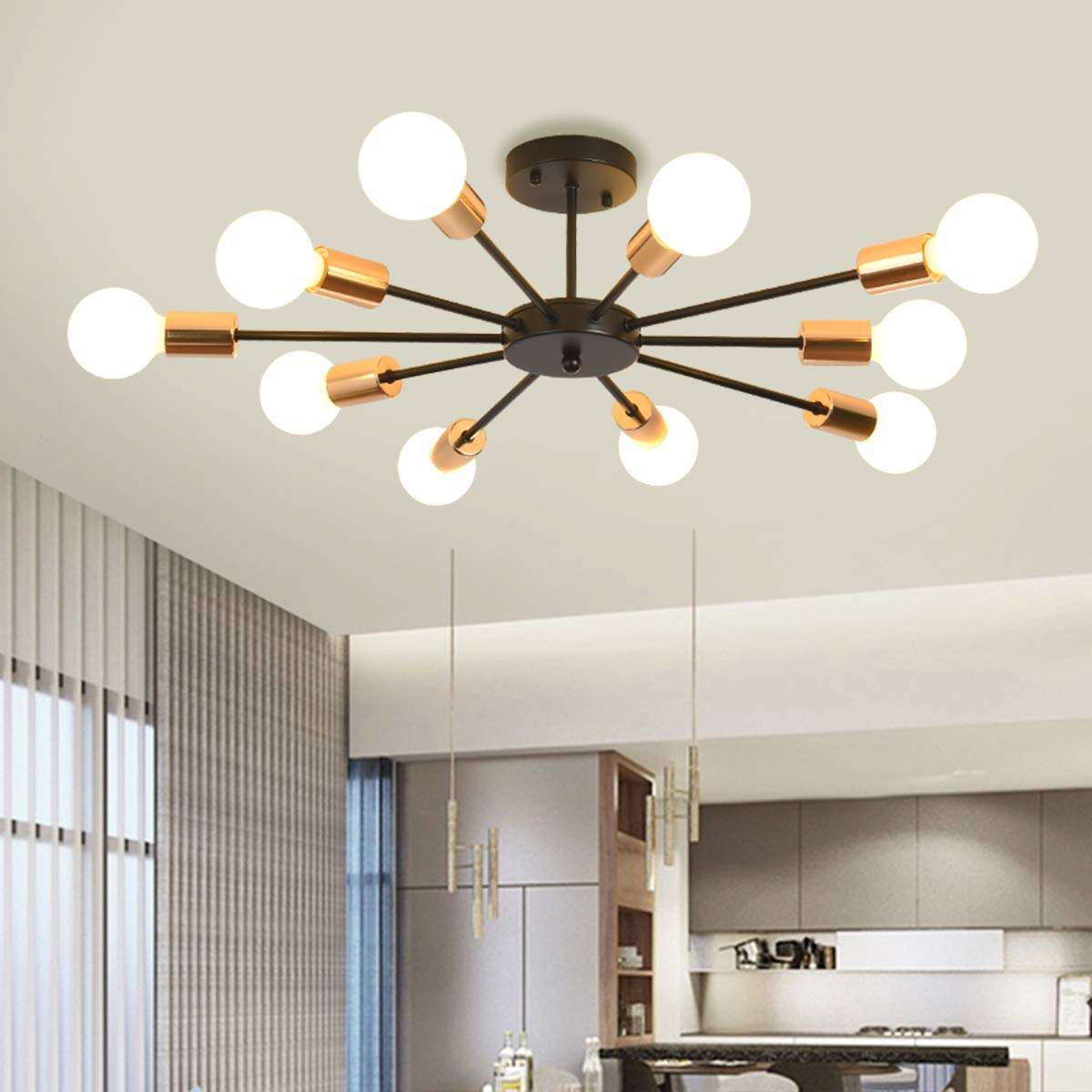
Introduction
When it comes to interior design, ceilings are often overlooked. However, they offer a unique opportunity to add character and elegance to any room. British ceiling design is particularly renowned for its elaborate and ornate details. From intricate plasterwork to painted panels, this article will explore the history and beauty of British ceiling design.
History of British Ceiling Design
The tradition of ornate ceiling design in Britain dates back to the late 16th century. During the reign of Elizabeth I, wealthy families would often commission craftsmen to create elaborate plaster ceilings in their homes. This trend continued through the Georgian and Victorian eras, where intricate decorative plasterwork became even more popular.
In the 18th century, a new style of ceiling design emerged known as the Adam style. Named after the Scottish architects Robert Adam and James Adam, this style was characterized by delicate classical motifs and symmetrical designs. The Adams brothers also created a technique known as the “Adam style ceiling” which involved using small pieces of plaster to create intricate patterns and details.
During the 19th century, Victorian style ceilings became popular. These were often made of tin or pressed metal and featured intricate floral and geometric patterns. By the early 20th century, the popularity of ornate ceiling design began to wane, but it was still used in grand public buildings like museums and concert halls.
Types of British Ceiling Design
There are several different types of British ceiling design that are worth exploring:
Plasterwork Ceilings
Plasterwork ceilings are the most traditional form of British ceiling design. Typically made from lime plaster, they are created by skilled craftsmen who use molds to create intricate patterns and motifs. These designs can be simple or extremely elaborate, with details that range from classical motifs to detailed naturalistic scenes.
Painted Ceilings
Painted ceilings are another form of British ceiling design. Often used in grand country houses and palaces, painted ceilings can feature a wide range of designs, from simple floral patterns to intricate trompe-l’oeil scenes. The most famous painted ceiling in Britain is probably the one in the Banqueting Hall at Whitehall Palace, which was painted by Peter Paul Rubens in the 17th century.
Tin Ceilings
Tin ceilings were popular in the Victorian era and were often used in shops and public buildings. Made from stamped metal, they feature intricate floral and geometric patterns.
Contemporary Ceiling Design
While ornate ceiling design is not as popular as it was in the past, there are still many modern interpretations of British ceiling design. Modern ceiling design often involves the use of lighting, where LED lights are integrated into a plasterwork ceiling or drop ceiling to create a contemporary look. Other modern designs include minimalist flat ceilings, which use simple lines and geometry to create a clean, contemporary look.

